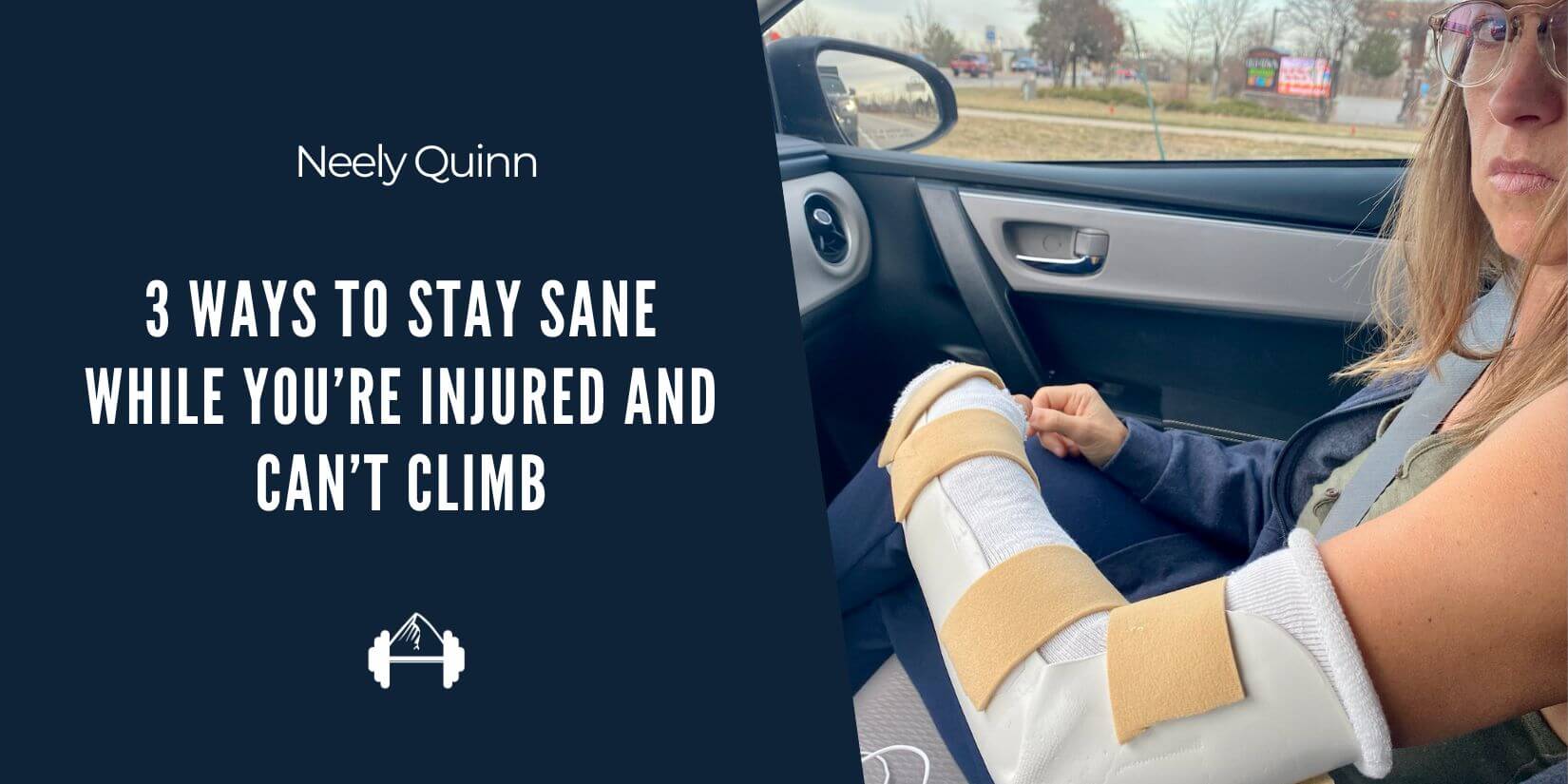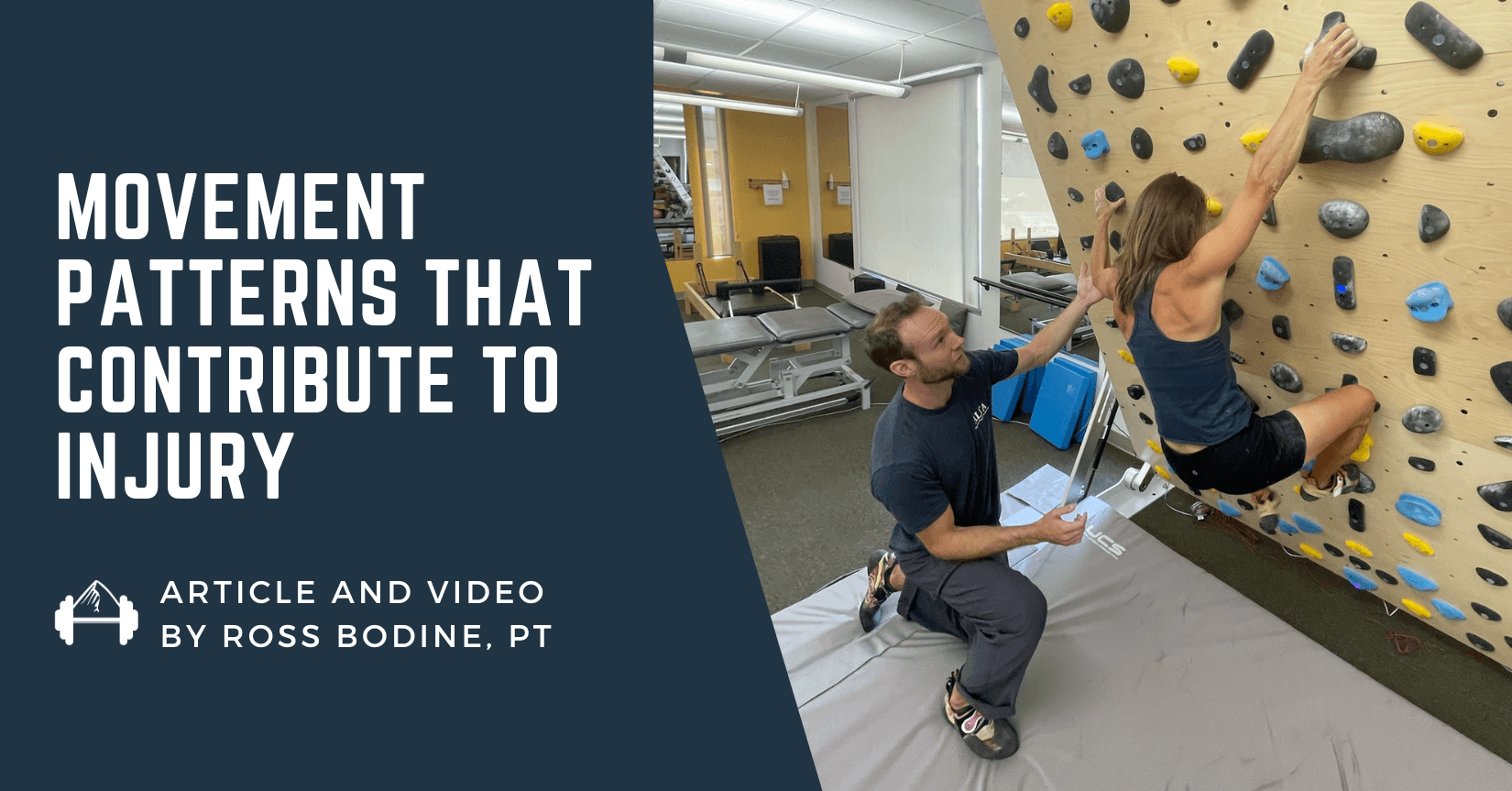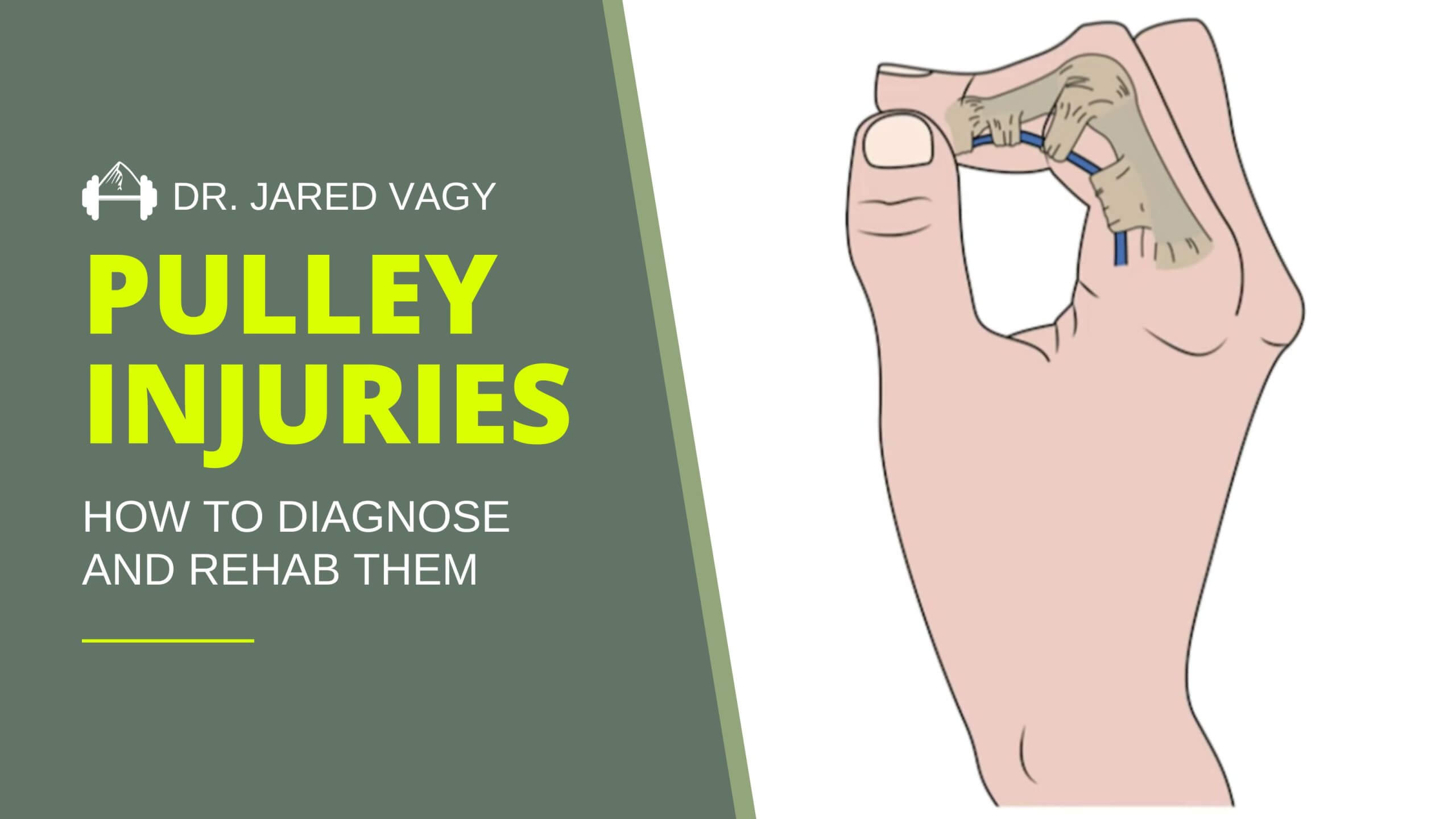This post was written by Jared Vagy, the Doctor of Physical Therapy and climber of theclimbingdoctor.com. He is also the author of The Ultimate Climber, a fantastic guide on preventing climbing injuries – something we could all use.
Enter Dr. Jared Vagy…
Most climbers are performing the wrong exercises for their rotator cuff.
I am frequently asked the question “what is a good way to strengthen my rotator cuff?”
The answer varies based on what activities you are participating in. For example, I commonly see climbers standing rotating a weight at their torso in an attempt to strengthen their shoulders (Photo A and B).
This may be acceptable if you are sedentary and your primary activity is using a mouse or typing at a keyboard because the motions are similar.
However, this type of strengthening is useless and by no means reflects the actual demands on the rotator cuff during climbing.
For a shoulder exercise to be effective it needs to be functional.
For climbers, this means that the exercise must mirror what your arms do when you climb. Are our arms ever resting at our side and rotating outwards when we climb? Rarely.
So when strengthening the shoulders, our body position must mirror what we actually do on the wall. The elbows need to be straight if you work overhangs and steep routes and the arms should be shoulder height or higher to reflect the true arm position on the wall.
Below are two simple but effective exercises that strengthen the rotator cuff in the way that it is used while climbing.
Wall clocks
How often: Perform reaches for 20 to 60 seconds, lower and repeat for 3-5 sets.
What it does: Strengthens your rotator cuff muscles by simulating the action of reaching for climbing holds in varied positions.
What to do: Wrap a single resistance band around your wrists and make your hand into a fist. Press your fists gently into a wall and imagine there is a clock in front of you with twelve o’clock at the top and six o’clock at the bottom. Press your wrists outwards on the band, keep your elbows straight and reach out towards A: 3 o’clock. B: 1 o’clock. C: 5 o’clock. D: 6 o’clock. Repeat with the opposite arm for 9, 11, 7 and 6 o’clock.
Looped Band Reaches
How often: Perform reaches for 20 to 60 seconds, lower and repeat for 3-5 sets.
What it does: Strengthens your rotator cuff muscles and stabilizes the shoulder in a range of motion that is common during climbing.
What to do: Wrap a single resistance band around your wrists. Sit into a mini squat to mirror the position of the lower body when climbing. Press outwards on the band and raise the arms overhead.
About the author:
 Dr. Jared Vagy is a Physical Therapist, a professor at the University of Southern California (USC) and an authority on climbing related injuries. He received his Doctorate in Physical Therapy from USC. He is board certified as an Orthopedic Clinical Specialist from the American Physical Therapy Association. He has over ten years of climbing experience and has climbed all over the world. Climbing and injury prevention are his passions and he is committed to combining the two.
Dr. Jared Vagy is a Physical Therapist, a professor at the University of Southern California (USC) and an authority on climbing related injuries. He received his Doctorate in Physical Therapy from USC. He is board certified as an Orthopedic Clinical Specialist from the American Physical Therapy Association. He has over ten years of climbing experience and has climbed all over the world. Climbing and injury prevention are his passions and he is committed to combining the two.
To learn more climbing performance tips, please visit: www.theclimbingdoctor.com
To learn more about The Ultimate Climber, an awesome guide about preventing climbing injuries by Dr. Jared Vagy, click here.
References:
Malliou PC, Giannakopoulos K, Beneka AG, Gioftsidou A, Godolias G. Effective ways of restoring muscular imbalances of the RTC muscle group: a comparative study of various training methods. Br J Sports Med. 2004;38:766–772.
Reinold MM, Wilk K, Fleisig GC, et al. EMG analysis of the rotator cuff and deltoid musculature during common shoulder external rotation exercises. J Orthop Sports Phys Ther. 2004;34:385–394.
Van der Heijden GJ, van der Windt DA, de Winter AF. Physiotherapy for patients with soft tissue shoulder disorders: a systematic review of randomized clinical trials. BMJ. 1997;315:25–30.
Wilk KE. Current concepts in the rehabilitation of athletic shoulder injuries. In: Andrews JR, Wilk KE, eds. The Athlete’s Shoulder. 1st ed. Philadelphia, Pa: WB Saunders; 1994:335–368.
Kramer WJ, Ratamess NA. Fundamentals of resistance training: progression and exercise prescription. Med Sci Sports Exerc. 2004;36:674–688.











Very good exercises.
I dropped the lying external rotations with dumbbells for these elastic band exercises.
No more crunchy noises in my left shoulder. And the muscles are much better worked this way.